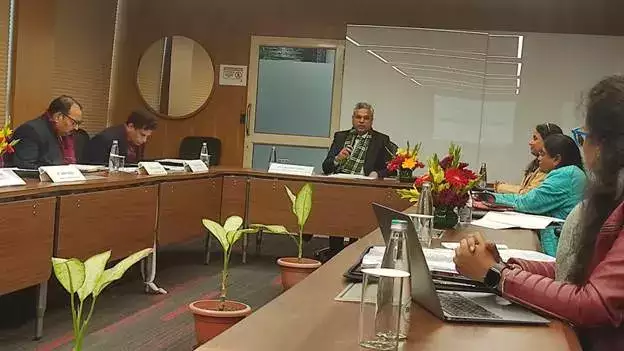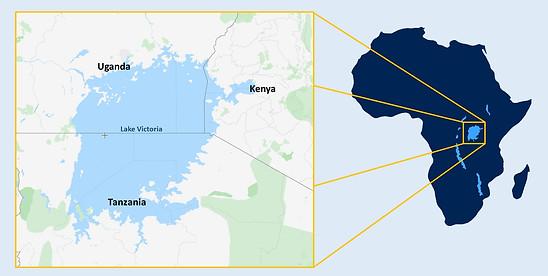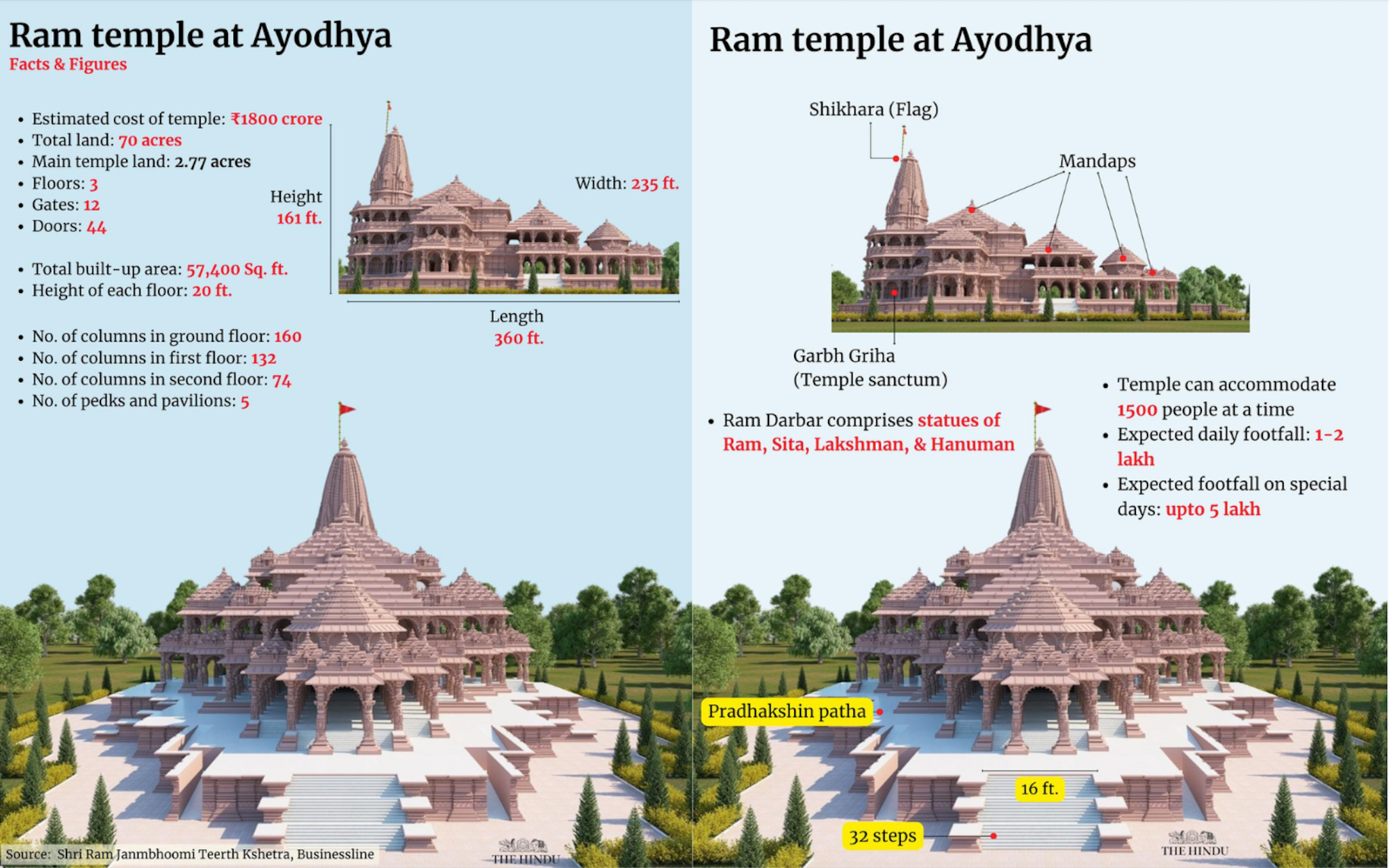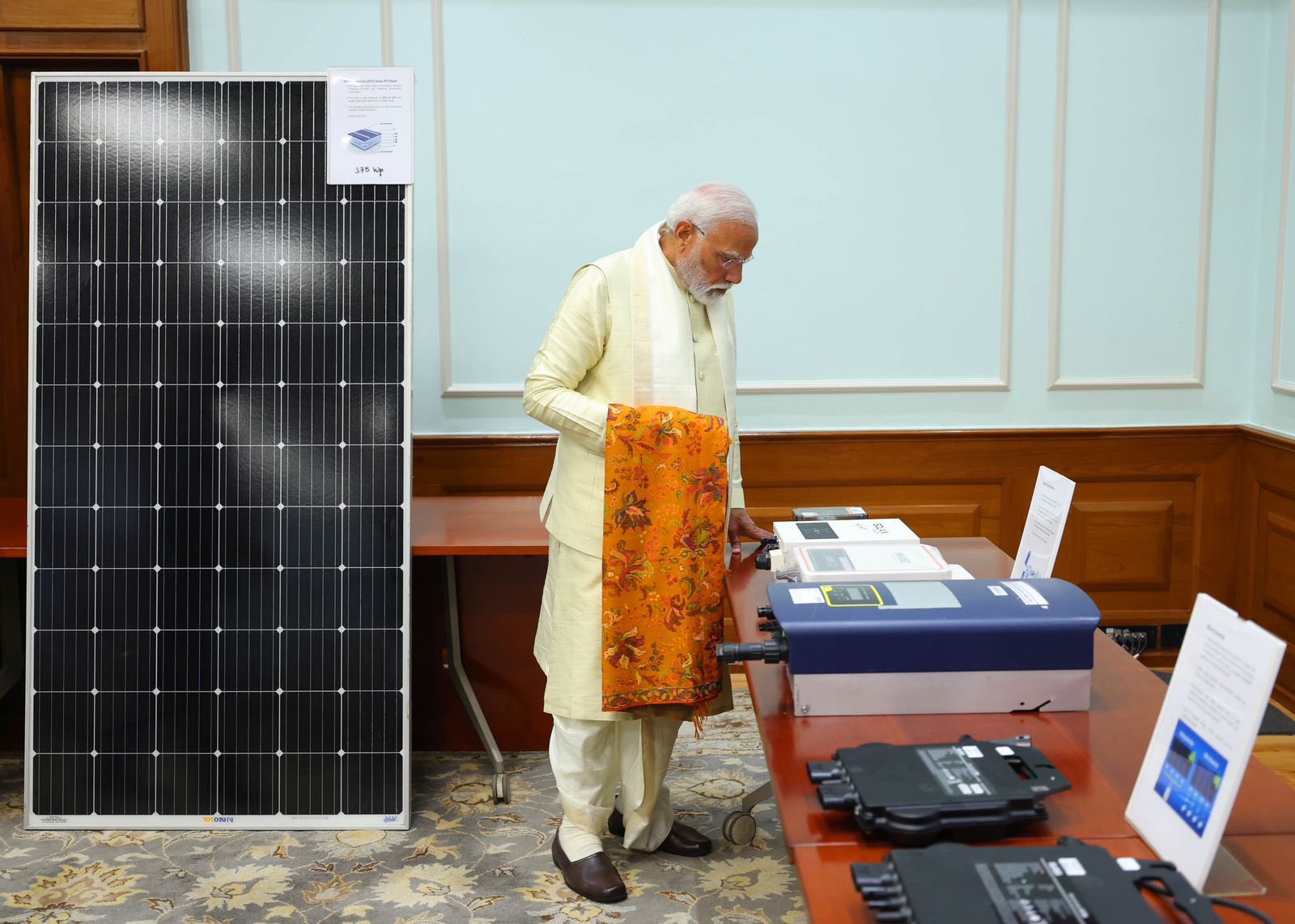First meeting of Social Audit Advisory Body reviews social justice schemes (ET)

- 23 Jan 2024
Why is it in the News?
The first meeting of the Social Audit Advisory Body (SAAB) was held last week at the conference hall, Dr Ambedkar International Centre, New Delhi.
What is the Social Audit Advisory Body (SAAB)?
- Social Audit Advisory Body (SAAB) is a first-of-its-kind advisory body in India.
- It is set up under the National Institute of Social Defence (NISD), which functions under the Department of Social Justice & Empowerment (DoSJE), Ministry of Social Justice and Empowerment.
- It will guide the Ministry as it institutionalizes social audits for each of its programs.
- It will support the Social Justice Cell of the Social Audit Unit members in developing their abilities.
What is a Social Audit:?
- A social audit is a procedure that involves looking over and evaluating a plan or program.
- People actively participate in the process, which involves comparing government data with actual ground realities.
- Important tenets of SA include:
- Protection of citizens (Suraksha)
- Participation (Bhagidari), and
- Information access (Jaankari).
Implementation of Social Audit:
- The Mahatma Gandhi National Rural Employment Guarantee Act (MGNREGA), among other hallmark programs, now include the provision of Social Audit (SA) with the efforts of the Union Government.
- In order to guarantee SA through specialized Social Audit Units at the state level, DoSJE developed the National Resource Cell for Social Audit (NRCSA).
- The first state to put a social audit statute into effect was Meghalaya.
Significance: Promote transparency and accountability,
-
- strengthen institutions at the grassroots level etc.
Challenges: Lack of awareness among stakeholders, apathetic attitude of implementing agency etc.
Steps for SocialAudit:
- Orientation and Sensitization:: Conducted by the implementing agency.
- Presentation: Creating a social audit team.
- Verification: Verifying information with beneficiaries, inmates, stakeholders, and institution staff.
- Validation: Presenting the initial report for validation.
- Presentation and Action: Sharing findings at the district level with all stakeholders present.
Restoring Lake Victoria: CSE, Tanzanian authorities hold multi-nation stakeholder consultation (DownToEarth)

- 23 Jan 2024
Why is it in the News?
Lake Victoria, the largest freshwater lake in Africa and the world’s second-largest faces numerous environmental challenges that demand collective efforts for restoration and conservation.
About Lake Victoria:
Geography:
- Located in East Africa and bordered by Tanzania, Uganda, and Kenya.
- Africa's largest lake by area (approximately 59,947 km²) and the world's second-largest freshwater lake after Lake Superior.
- Lies in a shallow depression within the East African Rift Valley.
- The average depth of 40 meters, maximum depth of 80-81 meters.
Hydrology:
- The main source of water is rainfall, supplemented by rivers like the Kagera.
- The only outlet is the Victoria Nile, which flows into the White Nile and ultimately the Nile River.
- Plays a crucial role in the water supply and livelihoods of millions of people in East Africa.
Ecology:
- Supports a diverse ecosystem with over 200 fish species, including the Nile perch and Nile tilapia.
- Important habitat for birds, reptiles, and amphibians.
- Facing challenges like pollution, overfishing, and invasive species.
History and Culture:
- Named after Queen Victoria by British explorer John Hanning Speke in 1858.
- Has been a vital source of transportation, trade, and food for centuries.
- Plays a significant role in the cultural traditions and folklore of the surrounding communities.
With no iron or steel, Ayodhya temple is a study in sandstone (The Hindu)

- 23 Jan 2024
Why is it in the News?
A new landmark of India — both structural and spiritual — rose on Ayodhya's horizon on January 22 in the form of a new-age architectural marvel of elegant sandstones, diligently carved by craftspeople with dedication and devotion to Lord Ram.
Major Features of the Ram Temple:
- No iron or steel has been used in the construction of the grand structure.
- Stones have been sourced from Rajasthan's Bansi Paharpur area.
- The entire temple superstructure will eventually be three storeys — ground plus two floors.
- Nagara style: The temple complex, built in the traditional Nagara style, will be 380 feet long from the east to the west, 250 feet wide and 161 feet high.
- Each floor of the temple will be 20 feet high and have a total of 392 pillars and 44 gates.
- Images of Lord Hanuman, other deities, peacocks and flower patterns have been carved onto the stones, lending the structure a divine look.
- Unique feature: Around the grand temple is a rectangular periphery called percota, a feature found in temples in south India, but not generally in north India.
- The percota will be 14 feet wide and the periphery span 732 metres.
- The temple will be nestled within the percota periphery.
- Ornate statues of elephants, lions, Lord Hanuman and Garuda were installed at the main entrance leading to the temple.
- These statues have also been made using sandstone brought from Bansi Paharpur.
- An ancient Shiva temple that exists on the Kuber Tila has also been revitalised.
- Green Complex: About 70 per cent of the complex will be a green area.
- "The green area includes portions which are very dense and, in some segments, even sunlight hardly filters through.
- The complex will have two sewage treatment plants — a water treatment plant and a dedicated electricity line from the powerhouse.
- The fire brigade post will be able to source water from an underground reservoir.
Additional Architectural Aspects:
- A time capsule, located approximately 2,000 feet below the ground beneath the temple, houses a copper plate inscribed with pertinent information about the Ram Mandir, Lord Rama, and Ayodhya.
- The objective of this time capsule is to preserve the temple's identity for posterity, preventing it from fading into obscurity in the years to come.
- Engineered as an earthquake-resistant structure, the temple boasts an estimated age of 2500 years.
PM Modi extends his greetings to the people of India on Parakram Diwas (Indian Express)

- 23 Jan 2024
Why is it in the News?
Prime Minister Narendra Modi extended greetings to the people of India on Parakram Diwas on 23rd January.
Why Parakram Diwas is Celebrated?
- The government officially announced on January 19, 2021, that January 23 be observed as Parakram Diwas in order to pay tribute to Netaji’s relentless pursuit of India’s freedom.
- The government of India has decided to celebrate his birthday on the 23rd day of January every year as “PARAKRAM DIWAS” to inspire people of the country, especially the youth, to act with fortitude in the face of adversity as Netaji did, and to infuse in them a spirit of patriotic fervour,” the Centre had said in a notification.
- Parakram Diwas, which translates to “Day of Valour”.
- In 2021, the first event took place at Victoria Memorial Hall, Kolkata.
- In 2022, a hologram statue of Netaji was unveiled at India Gate, and in 2023, the 21 largest unnamed islands of Andaman & Nicobar Islands were named after the 21 Param Vir Chakra awardees and a model of National Memorial dedicated to Netaji which was supposed to be built on Netaji Subhas Chandra Bose Dweep, was unveiled.
Key Facts About Subhas Chandra Bose:
- Born on January 23, 1897, in Cuttack, Orissa.
- In 1920, he successfully passed the civil service examination but resigned from his position in April 1921 after learning about the nationalist turmoil in India.
- A prominent Indian nationalist leader, he played a pivotal role in the Indian independence movement against British colonial rule.
- Joined the Indian National Congress and actively participated in the struggle for independence.
- Elected president of the Indian National Congress for two consecutive terms but resigned due to ideological conflicts with Mahatma Gandhi.
- In 1939, Bose founded the Forward Bloc, an organization aimed at unifying anti-British forces in India.
- Fled from India at the beginning of World War II, travelling to the Soviet Union, Germany, and Japan in pursuit of an alliance against British forces in India.
- With Japanese assistance, reorganized and led the Indian National Army, comprising Indian prisoners-of-war and plantation workers from Southeast Asia.
- Established the Azad Hind Government in exile with Japanese support, leading the Indian National Army in battles against the allies in Imphal and Burma.
PM Modi announces solar roof-top scheme for one crore households (HT)

- 23 Jan 2024
Why is it in the News?
Prime Minister Narendra Modi on Monday announced the 'Pradhan Mantri Suryodaya Yojana' under which one crore households will get rooftop solar across the nation.
What is 'Pradhan Mantri Suryodaya Yojana'?
- The scheme aims to equip one crore poor to middle-class households with rooftop solar panels in a bit to provide electricity from solar energy.
- The scheme would not only reduce the electricity bill of the poor and middle class but would also make India self-reliant in the energy sector.
- Rooftop solar panels are the photovoltaic panels installed on the roof of a building which is connected to the main power supply unit.
- Thus, it reduces the consumption of grid-connected electricity and saves electricity costs for the consumer.
- In a solar rooftop system, there is only an upfront capital investment and minimal cost for maintenance.
- Under this scheme, one crore households will get solar rooftops.
- Moreover, it will offer additional income for surplus electricity generation.
- The consumer can choose any vendor on the national portal and after installation, the subsidy is sent directly to the bank account of the consumer.
- The Pradhanmantri Suryodaya Yojana is a new scheme but very similar to the previously announced Rooftop Solar Programme in 2014.
- The previous scheme had aimed to produce 40,000 megawatts (MW) or 40 gigawatts (GW) of solar power by 2022.
India's Advancements in Solar Energy:
- At the end of last year, 2023, India’s solar power generation stood at 73.31 GW, up from 2022’s 63.3 GW.
- However, rooftop solar power generation only stands at around 11.08 GW as of December 2023.
- The total solar power generated in the nation, Rajasthan leads the pack with 18.7 GW while Gujarat follows with 10.5 GW.
- However, when talking about rooftop solar power, Gujarat is at peak position — with 2.8 GW — followed by Maharashtra at 1.7 GW.
- India has more than 300 million households and an average of 300 sunny days each year, which has tremendous potential for rooftop solar installations in residential spaces.
- However, experts note that despite several measures, India’s rooftop solar power generation is not where it should be, listing reasons for the situation.
- The primary reason for rooftop solar not becoming popular is that it is still an expensive option for many.
- There is also a lack of awareness.
Importance of Solar Power to India:
- Harnessing the power of the sun to generate electricity is important to India for multiple reasons.
- If India wants to achieve its aim of becoming net zero by 2070, it has to look towards the sun.
- In fact, at COP26, in November 2021, India committed to meet 50 per cent of its electricity requirements from renewable energy sources by 2030.
- For these aims to be met, India has to harness the full capacity of the sun.
- Moreover, India’s share of global energy demand is predicted to double to 11 per cent in 2040, making it imperative to enhance energy security and self-sufficiency in power generation without increasing environmental costs.
- This increase in power demand is likely to increase India’s reliance on coal, oil and natural gas as a source of energy.
- However, additional imports of oil and increased domestic production of coal will not only fall short of energy demand but will also entail economic and environmental costs.
- The expansion of solar power units and increased reliance on solar power allow India to enhance energy security in the face of rising demand.
- Furthermore, India is already facing depleting groundwater levels, owing to which the nation must shift its energy resources away from water.
